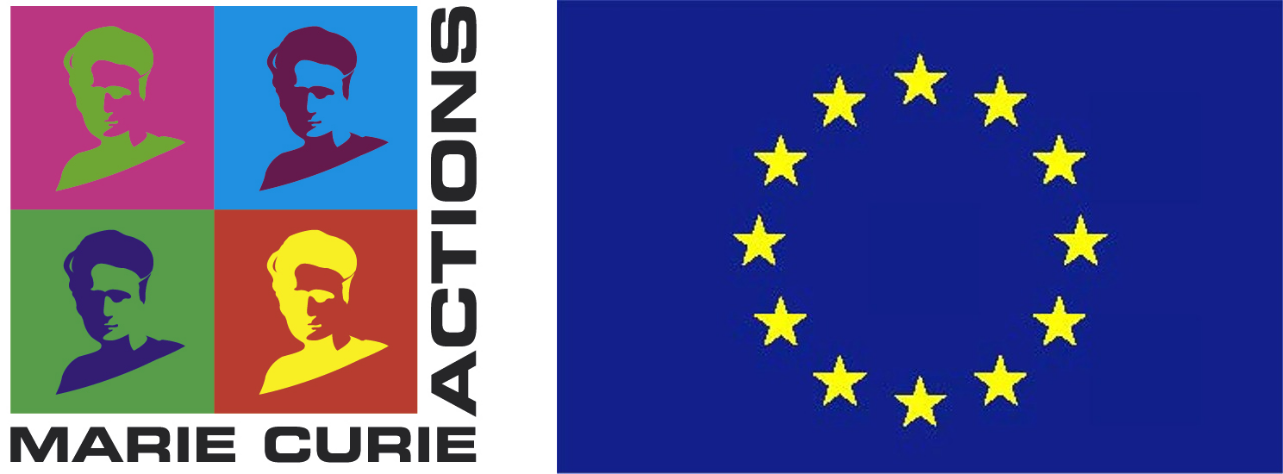Illegal excavations of archaeological sites to collect historical objects ("looting") are a pressing issue on a global scale. The general upsurge of pillaging activities in cultural heritage sites and the subsequent trafficking of plundered antiquities call for the timely development of techniques for the automatic identification of looting through the detection of features associated with illegal excavations. Remote sensing is the most efficient approach to identifying the marks left on the terrain by looting activities, undertaken with different methods and rates (e.g., by hand or mechanical support, systematically or casually, etc.). Looting patterns are recognised mainly on Earth Observation (EO) data (e.g., from synthetic aperture radars) but such application is relatively limited. Although EO data can be effectively used for monitoring looting in critical areas (e.g., conflict zones and deserts), they are not suited for areas with thick vegetation coverage. Airborne LiDAR is instead the best single remote sensing method for penetrating landscapes covered by continuous vegetation. Its unique ability to record 3D topography with a high degree of accuracy (typically, 10–15 cm in both plan and height) provides the opportunity to assess looters’ damages by detecting the depth of looting pits.
The OPTIMAL (OPtimal Transport for Identifying Marauder Activities on LiDAR) project aims to undermine the illegal excavation of cultural heritage sites by developing an efficient and principled machine learning approach, based on optimal transport, to automatically detect past and present looting directly on airborne Light Detection And Ranging (LiDAR) point cloud time-series."


